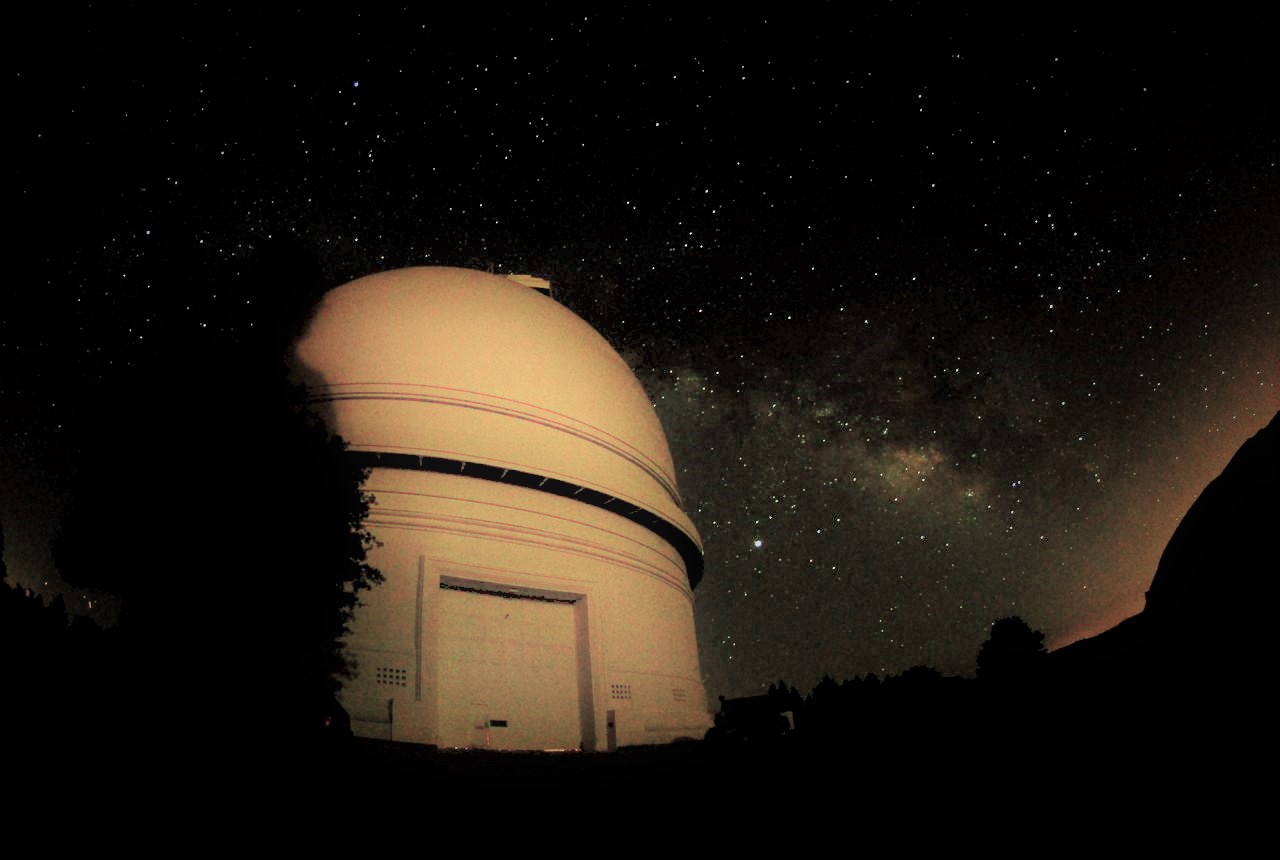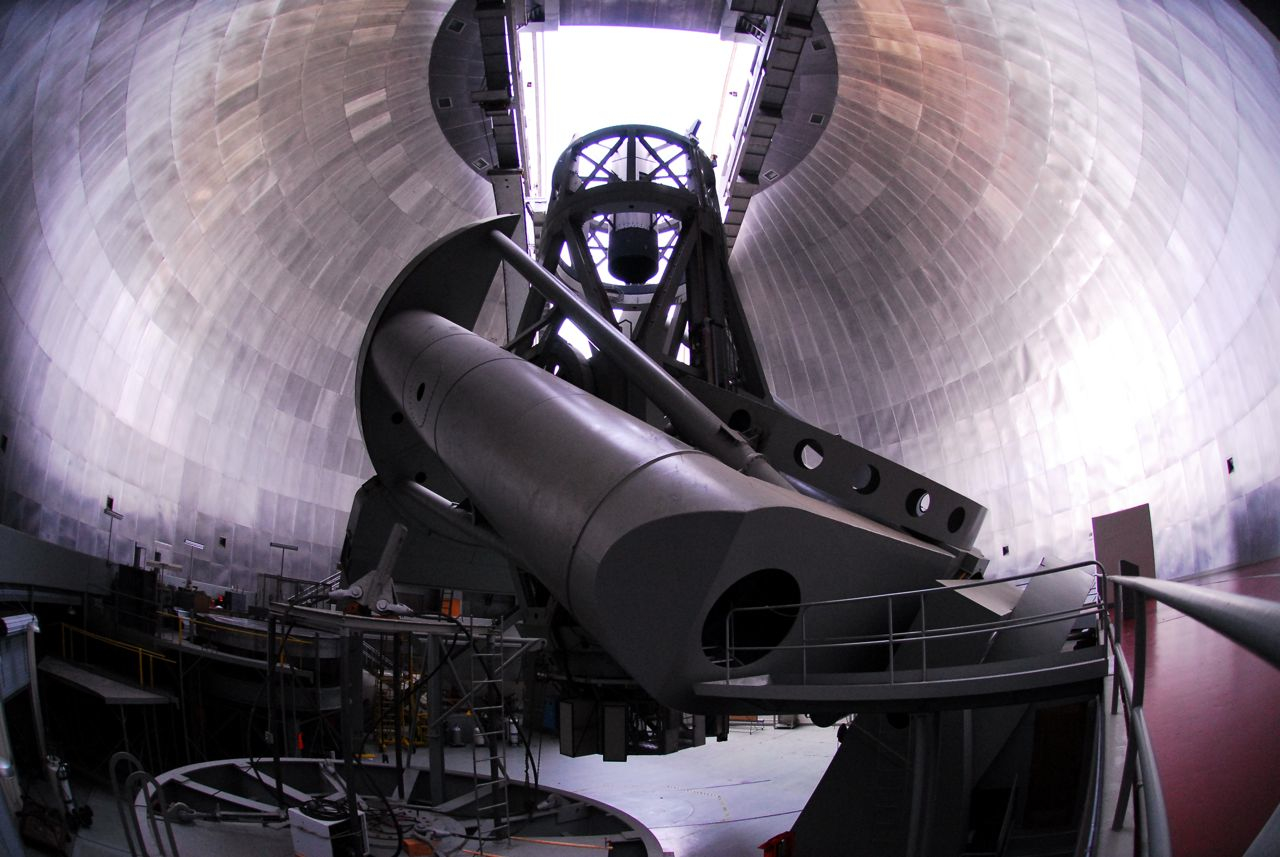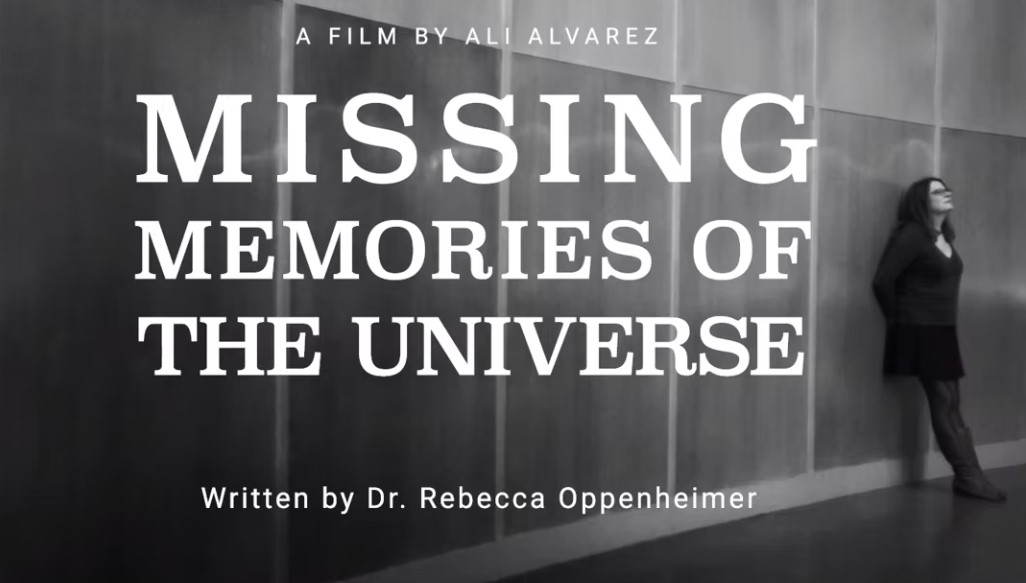Rebecca Oppenheimer
Curator and Professor

Dr. Oppenheimer studies objects orbiting stars other than the Sun by trying to see them directly and to dissect their chemical compositions. She is the co-discoverer of Gliese 229B, the first object smaller than a star ever seen outside the solar system, and her research includes the first direct invesitgations of the atmospheric composition, chemistry and physics of an extrasolar sub-stellar object.
Oppenheimer's optics laboratory in the Rose Center is the birthplace of a number of new astronomical instruments designed to tackle this problem. In March 2004, Dr. Oppenheimer deployed the Lyot Project at the AEOS Telescope in Maui. See lyot.org for more information. In June 2008, her team deployed Project 1640 at Palomar Observatory, with researchers at AMNH, Cambridge, Caltech, and NASA/JPL. She also built the starlight suppression system for the International Gemini Observatory Planet Imager project (GPI).
Oppenheimer's latest project is called PARVI, the Palomar Advanced Radial Velocity Instrument. PARVI is a diffraction-limited, near-IR spectrometer which will be capable of measuring radial velocities with a precision of 0.3 m/s. With this capability we will be able to detect planets smaller than Earth orbiting cool stars, as well as new investigations at unprecedented spectral resolution.
Dr. Oppenheimer also works on faint white dwarfs, the remnants of normal stars, and brown dwarfs, star-like objects that are too small to be stars and may be directly related to "planets." (See the article below on "Making sense of the exoplanet zoo.")
Dr. Oppenheimer has served on numerous national and international committees related to astronomical research, physics and the state of astrophysics, including three terms on the NASA Astrophysics Senior Review in 2014 (Chair), 2016 and 2019. She served as Chair of the Department for some seven years and is also an Adjunct Professor of Astronomy at Columbia University, where she has taught graduate and undergraduate courses. She advises graduate students pursuing PhDs continually. Oppenheimer's education related efforts include curation of the AstroBulletin series of news items and bi-annual documentaries. She is also Curator-in-Charge of the Digital Universe Atlas. She co-curated the space show Journey to the Stars and curated the exhibit Searching for New Worlds. She is curating a new, permanent installation about modern astronomical instruments in the AMNH Gilder Center, the new building currently under construction at Columbus Avenue and 79th Street.
| CV (updated 5/2023) | Research Papers (NASA ADS) | Google Scholar Publications | ORCiD Profile |
|---|
Selection of Recent Articles and Films Written for a General Audience
"Hollywood Can Take On Science Denial: Don’t Look Up Is a Great Example" Essay
Published in Scientific American , December 20, 2021.
"Missing Memories of the Universe" Film (6m)
"Missing Memories of the Universe" Essay
Published in Scientific American , May 29, 2020.


Two views of the Palomar 200-inch Hale Telescope (credit: Rebecca Oppenheimer)
"Making sense of the exoplanet zoo"
Published in Science (reprint in PDF form), August 12, 2016, pp. 644-645. This link provides free access and will not work if copied to other websites. It is posted here by permission of the AAAS for personal use, not for redistribution. The definitive version was published in Science Magazine Vol. 353 (6300), 12 August 2016, doi: 10.1126/science.aah4097. Free access is also provided here to the online full text and summary.
"$100 million to find alien life?"
Published in The Guardian , 22 July 2015, pp. 644-645.
"Transgender Today: Your Stories"
Published in The New York Times, May 4, 2015.
“The Limits of Labels, Categories and Classifications”
Published in the Women in Astronomy Newletter, AAS Committee on the Status of Women, 27 April 2015."Would you be willing to pay 25-cents to understand the cosmos?"
Published in The Los Angeles Times, 6 June 2014, p A15. After chairing NASA's Senior Review in 2014, Oppenheimer wrote this piece on funding for space-based astrophysics obervatories.Digital Universe Atlas
The Known Universe is a film produced from the Digital Universe Atlas that has been viewed by tens of millions of people around the world.
This short film provides an overview of the modern astrophysical view of the universe. What you will witness is based entirely on real observational data and the interpretation of that data through the laws of physics. Every mountain, planet, satellite, star, galaxy, quasar and our cosmic horizon are represented accurately in both size and position relative to each other, based on our best scientific knowledge to date. No interpolations have been made, and only objects that have actually been observed are included. As a result, you will see vast regions of the universe where we have not yet been able to map the locations of particular types of objects, for various scientific reasons. These gaps are akin to the regions labeled 'terra incognita' in old globes and maps, before people had fully documented the geography of the world. This visualization starts from the mountains of Tibet and takes you swirling though our database out to the furthest reaches of the universe that are observable. As we travel away from Earth, the distance from home is represented in the length of time that light takes to travel the same distance.
The film is based on the Digital Universe Atlas, an on-going project of the American Museum of Natural History and the Hayden Planetarium, which consists of the world's most complete and scientifically accurate four-dimensional map of the universe. This visualization, while demonstrating some of the wealth of the Digital Universe Atlas, features only a fraction of the database. For example, one can use the software to represent the uncertainties in a given object's position in space, or mark those stars with known planetary systems in orbit about them, or highlight stars or galaxies of a particular type.
We hope you enjoy this short movie that shows where we are in a much larger universe. It was developed in partnership with the Rubin Museum of Art for their exhibition Visions of the Cosmos: From the Milky Ocean to an Evolving Universe. The software, called UniView, which visualizes the Digital Universe Atlas, was developed jointly by SCISS and the American Museum of Natural History. It is used in planetariums world-wide.

